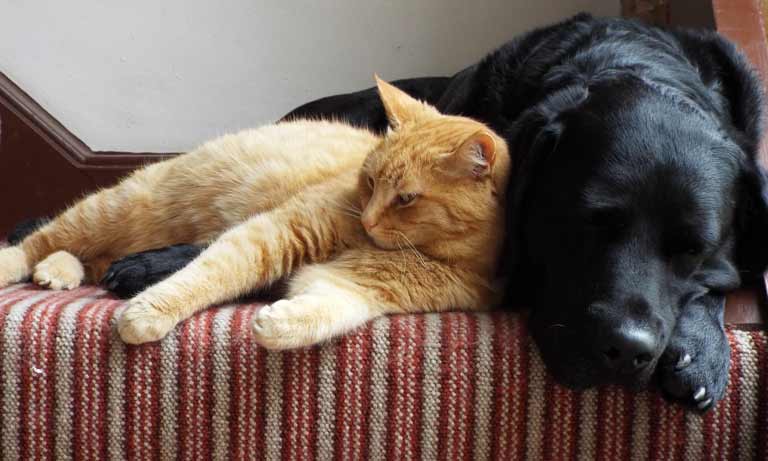Sunscreen, shade and sunset walkies: Vets issue urgent heatwave advice as temperatures set to rival 2018 record
15 Jul 2022
BVA warns pet owners not to be caught off guard by the seemingly cooler months of late spring and early summer.

The British Veterinary Association (BVA) has released new statistics showing that during last year’s record-breaking heatwave, where temperatures soared to in excess of 40C, vets saw fewer cases of heat-related conditions in pets, such as heatstroke, burnt paw pads, sunburn and breathing difficulties, than the summer of 2018, which was by comparison significantly cooler.
Responding to BVA’s Voice of the Veterinary Profession survey, vets pinpointed the extensive media coverage and a red extreme heat warning issued in 2022, but not in 2018, as a key factor in generating higher awareness of the dangers and appropriate preventative action being taken among owners to protect their pets.
In 2022, half (51%) of all vets in the UK saw cases of animals requiring treatment for heat-related conditions compared with 66% in 2018. In both surveys, dogs were the most common type of animal seen with heat-related conditions, seen by 51% of small animal vets in 2022, followed by rabbits (9%) and cats (6%).
As the weather begins to warm up, BVA is urging owners to start taking extra precautions now, during these seemingly cooler months, to keep pets safe from heatstroke and other heat-related illnesses. The advice comes as vets fear that owners may have their guard down in these deceptively milder days, which, at times, can be as risky for dogs, cats, rabbits and other pets as during peak summer months, as the same precautions aren’t being taken.
BVA Junior Vice President Anna Judson said:
“These new figures are a stark warning to pet owners not to be caught off guard by the seemingly cooler months of late spring and early summer. We might not be in the midst of a record-breaking heatwave, however, when the sun comes out from behind the clouds, cars, caravans and spaces like conservatories can quickly heat up and pets are at risk of overheating.”
Dogs are particularly vulnerable to heat-related illnesses. They can struggle to stay cool in high temperatures and humid conditions since, unlike humans, they are unable to cool down quickly through sweating, making them vulnerable to overheating. For some, a very short walk in the middle of the day or being locked in a hot car for a few minutes can prove to be fatal.
Flat-faced breeds such as English or French bulldogs and pugs are at even greater risk, as their flat faces can make breathing difficult, and therefore they struggle to cool down through panting, which is a dog’s main way to cool its body temperature.
Anna added: “Each year, vets across the country report seeing large numbers of cases involving dogs who require treatment for heat-related conditions. Dogs won’t stop playing and running because it is hot, so owners need to take action to prevent them overheating. This includes making sure pets aren’t walked or exercised in the middle of a hot day or left inside a car or conservatory, even when it is overcast or even for a little while, as ‘not long’ can prove fatal. Early signs of heatstroke in dogs include heavy panting, drooling, restlessness, bright red or very pale gums, and lack of coordination.”
Anna outlines some of the signs of heat related illness in other pets: “Signs of heatstroke in rabbits include drooling, lethargy, short and shallow breaths, red and warm ears, wet nose and seizures. If your pet has overheated, take them to a cool, well-ventilated place, give small amounts of cool (not ice-cold) water to drink, and pour room-temperature water over them to cool them down. Seek immediate advice from your vet.”
Get tailored news in your inbox and online, plus access to our journals, resources and support services, join the BVA.
Join Us Today